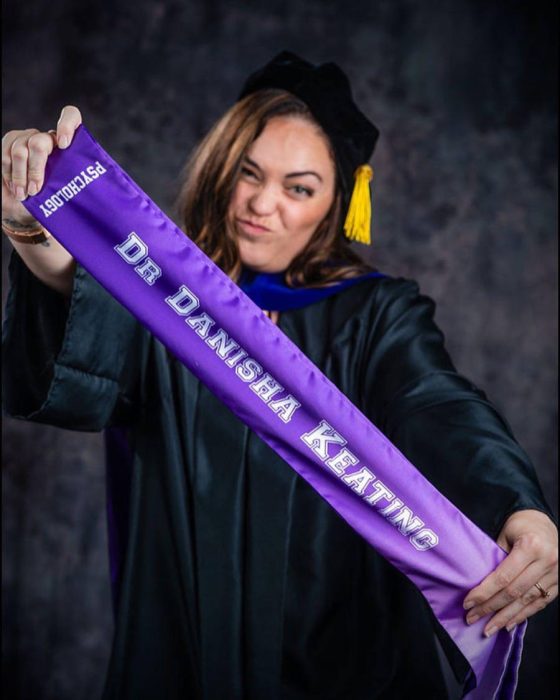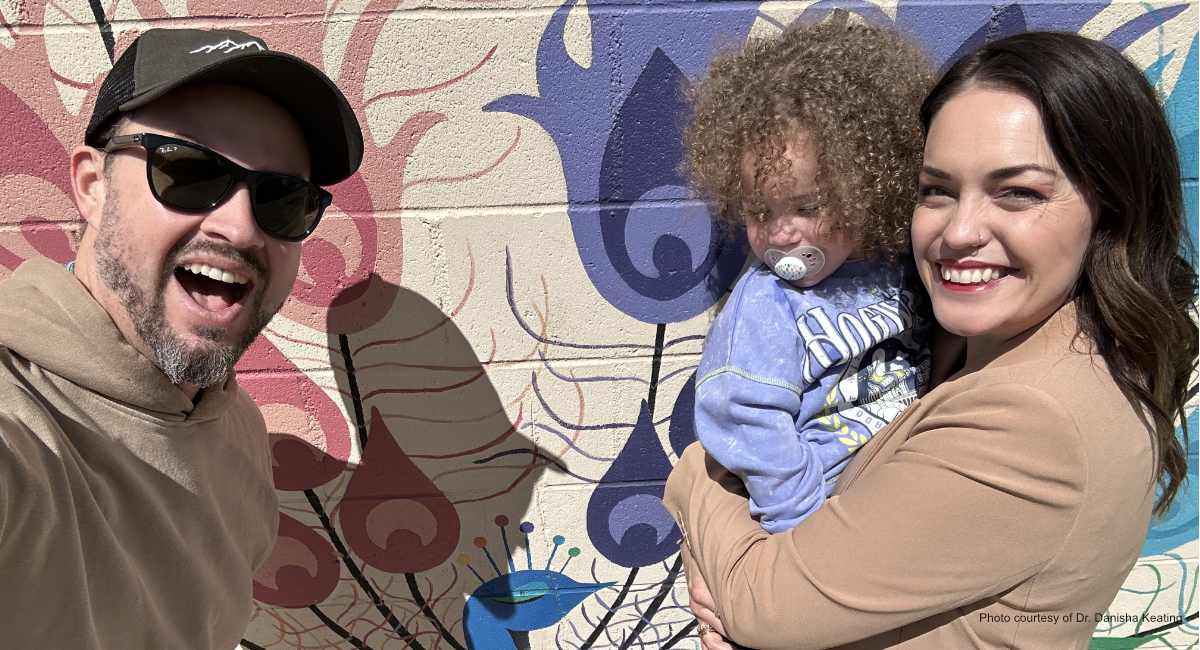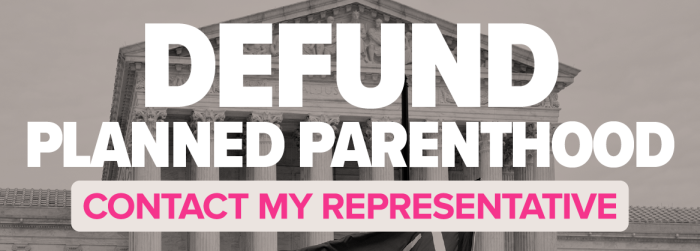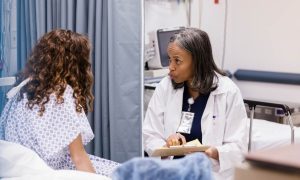Disclaimer: Opinions expressed in this guest post are solely those of the guest author.
When I was about six years old, one of my parents told me, “You know, 1989 was the year I knew my life was over… I knew when you came along, my dreams would never happen and sometimes I wished I didn’t have a 4th baby…”
I was six. And the year I was born was 1989. I knew she was talking about me.
In high school, at 16 years old, a friend of mine had asked me how I was handling all the family drama. She asked why I was always missing class tests on Wednesdays. I told her that I was put into a foster home and my CPS worker was calling me to the office. She asked if I could tell him to leave me alone, and I told her that was not how it worked.
She asked me, “Do you ever wish your mom would have aborted you so you did not have to go through this?” And I said… “No… I just wish my parents did better so I did not have to deal with this.”
I aged out of the foster care system at 18 years old and was immediately homeless. From 18 to 24 years old, I moved 33 different times. I felt like taking my life on three major occasions but didn’t. At 24 years old, five of my siblings came to live with me in a one-bedroom, one-bathroom, 500-square-foot apartment. They were 19, 18, 15, 14, and 12 years old.
I focused on working on my bachelor’s degree to give us a better life. It took me eight years to complete my degree, one year to finish my master’s, and 3.5 years to finish my doctorate. My journey has been from poverty, to foster care, to guardian, to Ph.D.

Photo courtesy of Dr. Danisha Keating
In 2021, I started to share my story because only 3% of foster youth will graduate with a bachelor’s degree. I decided to write my story, “From Foster to PhD” and self-published my book. I was a guest speaker for a school when I commented, “Life was really hard.” Someone asked if I had ever struggled with suicide because of this. I responded that I had, but was glad that I never gave in to the feelings.
Another person responded with, “You should have. It would have been easier if your parents aborted you or you killed yourself…”
I wasn’t shocked by the comment but I said, “I am glad I was never aborted or killed myself because I deserve life. I wish my parents did better… I never wished to be dead.”
READ: Adoption and foster care are not the same, and it’s important to know the differences
At the time of the Roe v. Wade decision, there were 500,000 children in the foster care system. In 2025, there are over 400,000 in the foster care system and 5 million children in kinship care — a distinction not made until roughly two decades after Roe’s passage. This is all in light of the significant increase of community-based organizations and government programs addressing the issue directly.
Abortion is prolific, yet the issue still remains. It’s even worsened. Why? Because people often assume that foster care equals the parent’s lack of desire for their child.
Many people coldly view the issue as a numbers game: If we have fewer children born then we’ll have fewer kids who enter the foster system. This obviously ignores the child who is already in the system — but possibly even more worrying is the willful ignorance of what landed this child in the system in the first place. Foster care happens because of the following:
- 61% of children removed from their homes due to abusive neglect.
- 34% of children removed from their homes due to parental drug abuse.
- 14% of children removed due to the inability of the caregiver to cope.
- 12% of children removed from their homes due to physical abuse.
Foster placement is frequently a result of compounding issues. But specifically for neglect, as the most prevalent issue, it is seldom the parent’s lack of caring but rather a lack of access and/or knowledge of available resources.
Simply put, it’s usually a lack of community.
Community changed my life because it showed me what to do to get out of poverty. Education helped me get the foundation I needed. Working helped me learn skills to take care of myself and my siblings. Foster care has been a reality for three generations of my family, but I am the first to break it.
Today, I am an author, speaker, wife, mother, business owner, and friend. My past was hard but I’m still here. Despite abortion’s rampancy and my struggles with suicidal thoughts, I’m still here. If I wasn’t here, I wouldn’t get to stand with other foster youth and help guide them. I wouldn’t get to be a wife or a mother.
And if I wasn’t still here, I wouldn’t have been around to take in my siblings. I was the only person who was available to take them when things fell apart — which means that they would have ended up in the foster care system if I hadn’t been there. Because I was able to step in for them, they have a better foundation to stand on.
Abortion is not the solution for foster care. Community stepping in is. The foster care system works with children who are already outside of the womb.
I am — as is each baby and foster youth — worthy of life. I would live my life 1,000 times again if only to encourage one person to overcome the impossible. We are all worthy of life.








